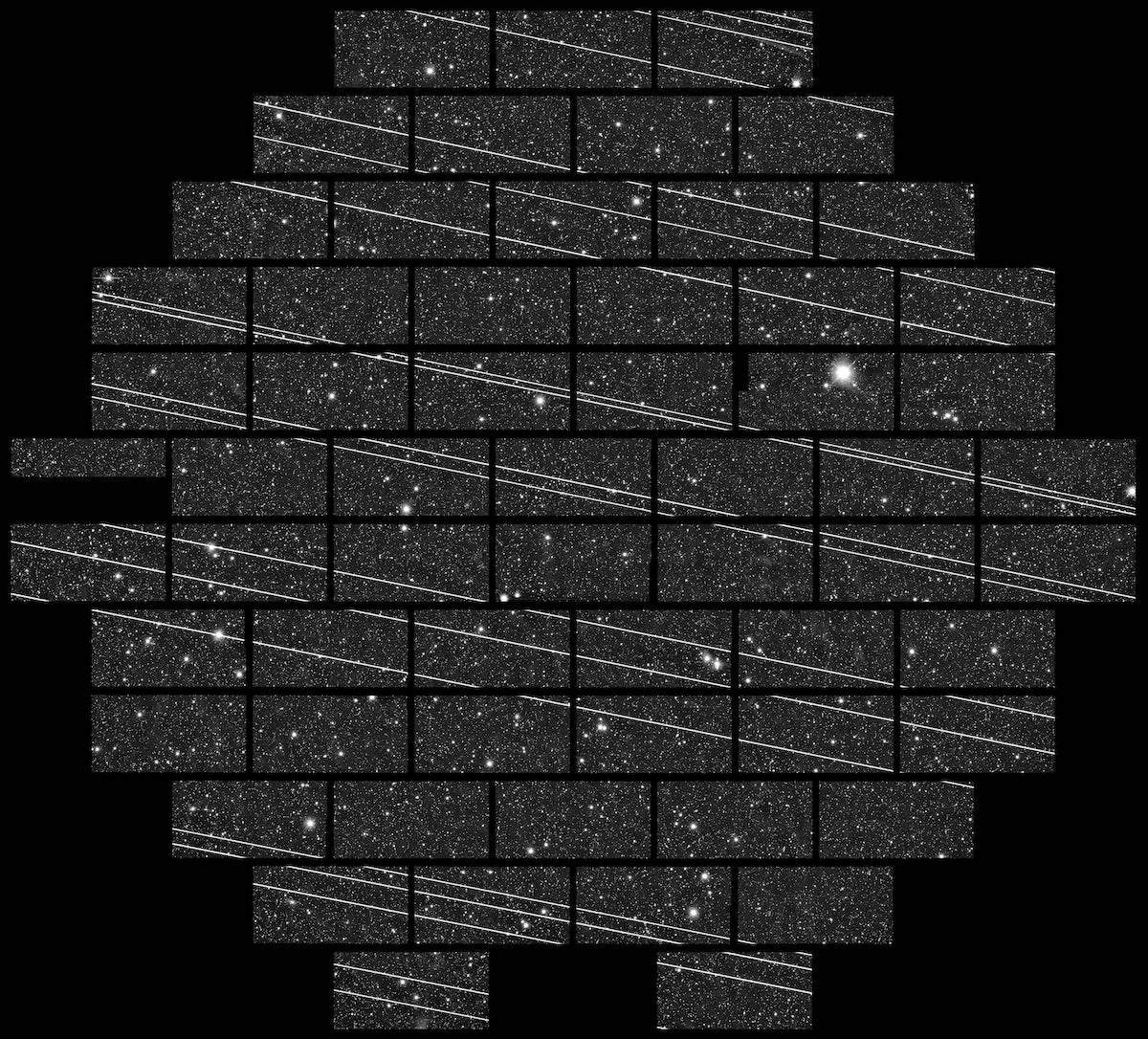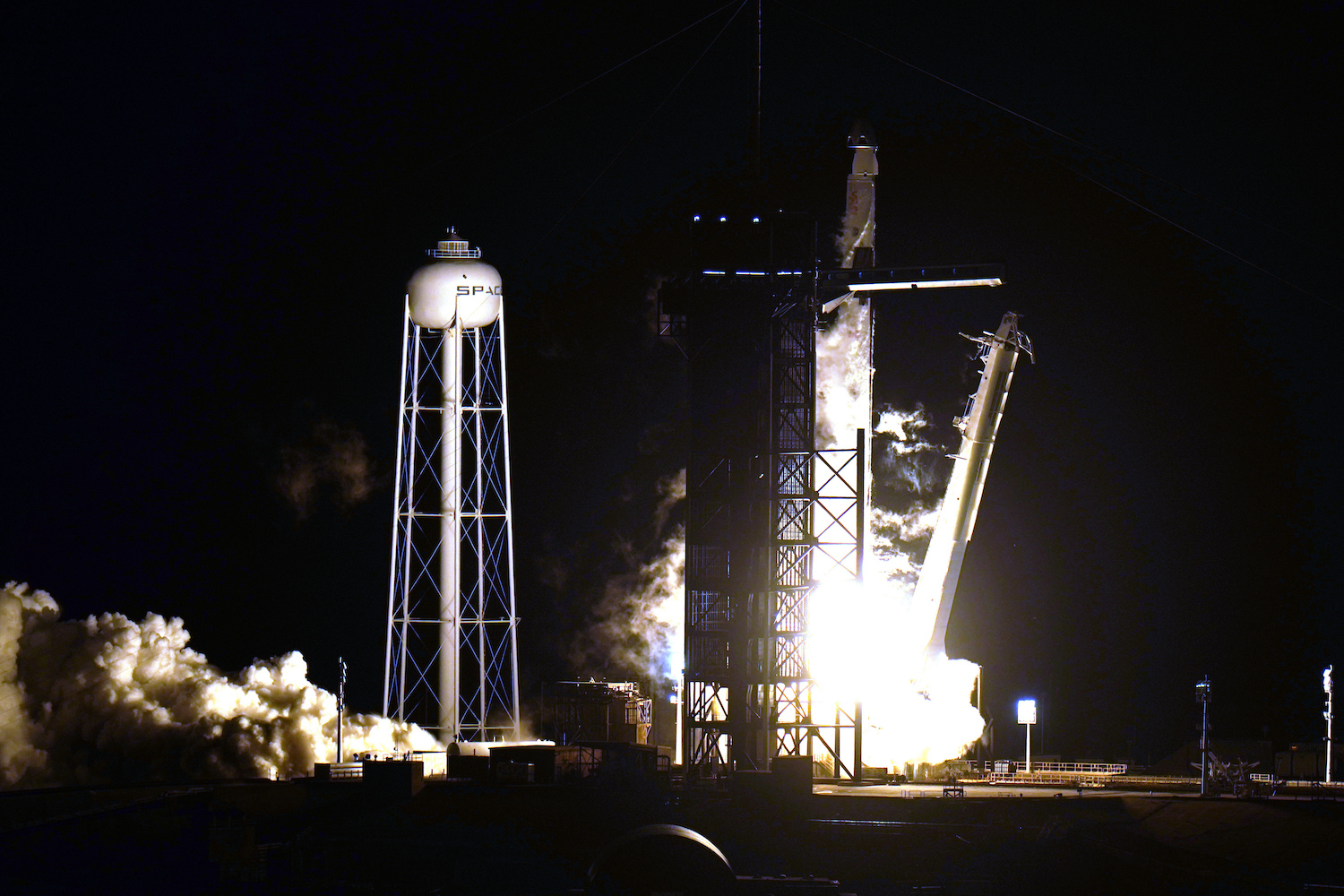Elon Musk’s SpaceX satellite spinoff Starlink has been one of the hottest new technologies of the last several years, promising blazing-fast satellite internet with worldwide reach. The service has the potential to revolutionize worldwide broadband access, although its methodology, application and impact on the night sky have researchers and astronomers worried about its long-term consequences.
Starlink is what scientists call a satellite internet constellation or mega-constellation, which is a large network of interlinked satellites that orbit around the earth, providing broadband access at a global scale with high speed and low latency. In comparison, most internet access is regulated and distributed through infrastructure such as cell towers and cable networks. Although these technologies come with their advantages, they struggle to carry the load of large amounts of users and devices all attempting to grab internet access.
As a result, rural areas often have poor internet speeds and access as a result due to the lack of infrastructure built in such areas. Poor access often only serves to amplify existing socioeconomic factors in rural areas. In fact, according to Michigan State University’s Quello Center, students in grades 8–11 who lived in rural areas lagged significantly behind in technological proficiency and PSAT/SAT test scores compared to those in urban areas, with their research citing poor internet access as a major contributor.
The advantage to satellite internet constellation systems is that they don’t rely on ground infrastructure at all. The only piece of hardware users need to gain access to Starlink’s internet is the official Starlink kit, which costs $499 and is currently in beta. The kit includes a Starlink satellite dish in addition to necessary setup tools like a mounting tripod and user terminal.
According to the FAQ on Starlink’s website, users can expect download speeds of anywhere from 50–150 Mbps (Megabits per second), with a latency of 20–40 ms. Starlink’s beta subscription cost is $99 a month, a stark comparison to most of its competitors. In comparison, Comcast Xfinity, the largest broadband provider in the United States, offers a variety of plans which vary in price per region, but the $55/month plan offers a download speed of up to 200 Mbps. Starlink’s high price will certainly dissuade potential customers, although the company isn’t exactly shooting for global market domination.
Musk’s eye is trained on rural areas with poor broadband, as evidenced by the Federal Communications Commission’s willingness to grant SpaceX $900 million in subsidies in exchange for rural broadband support in 35 U.S. states last December. According to CNBC, the FCC will distribute the subsidies over the next decade, dependent on Starlink’s ability to “meet all deployment milestones” with respect to fulfilling their goal for rural broadband access. Despite this, the funding was criticized by many due to the vast amount of urban areas covered under Musk’s outlined plan.
“Many major metro areas are littered with Starlink-winning blocks,” said S. Derek Turner, Research Director at Free Press, in a series of articles on the FCC’s subsidy for Starlink. “It’s unlikely that any single person living in these areas will ever become a Starlink customer, and there’s no justification for the FCC to offer Musk or any ISP deployment subsidies for these densely populated urban areas.”
The $99/month price tag doesn’t exactly appeal to a rural demographic either, with such an amount being considered exorbitant and unaffordable by most people who live outside of major urban regions.
Starlink’s high speeds and low latency are in part aided by the sheer size of its constellation, with 1,205 Starlink satellites in orbit as of March 10, 2021. Each satellite comes with a cost, however, and the program’s appeal is threatened by its significant potential to pollute the night sky and the solar system. Starlink satellites are highly reflective, leaving behind streaking white lines in astral photographs. Researchers first started noticing the trouble at the tail end of 2019 when astronomers in Chile ended up with a large number of polluted telescope images, as reported by ScienceNews in Mar. 2020.
According to a ScienceNews interview with University of Michigan at Ann Arbor astrophysicist Patrick Seitzer, Starlink’s satellites are “brighter than 99% of all objects that are now in Earth’s orbit.” Seitzer claimed astronomers could cope with Starlink’s initially-projected satellite total of around 1,500 satellites, but the company’s desire to launch upwards of 42,000 satellites into space could seriously hamper astronomers’ efforts to counteract light pollution. It doesn’t help that competitors such as Amazon’s Project Kuiper or the OneWeb Satellite Constellation aim to launch their own satellite fleets in the near future. It isn’t an exaggeration to imagine that hundreds of thousands of new satellites could go up in the next decade alone due to the large potential for profit in the race for satellite broadband.
Although SpaceX has been launching new black “DarkSat” satellites since the beginning of 2020, the overall reduction in brightness is only around 50%, according to a study reported on by New Atlas. The reduction is a step in the right direction but is too marginal to make enough of a difference in Starlink’s light pollution problem. Later updates made to the satellites have included anti-reflective sunshields which were found to minimize reflectivity much more effectively than DarkSat did.
“There’s some relief that, yeah, [SpaceX] did manage to make their Starlinks a little less bright, and [it] was nice that they chose to work with the community,” said Harvard astronomer Jonathan McDowell in a conversation with MSN. “But it doesn’t take away the need for a more regulatory approach—a global regulatory approach.”
The sheer amount of Starlink satellites also poses the potential threat of a disastrous cascading chain reaction of satellites crashing into each other, sending thousands of massive chunks of space junk and debris orbiting around the Earth. Too much space debris could pose a threat towards new shuttle and satellite launches, making space exploration completely impossible.
“The worst case is: you launch all your satellites, you go bankrupt, and they all stay there,” said Stijn Lemmens of the European Space Agency in an interview with Scientific American. “Then you have thousands of new satellites without a plan of getting them out of there.”
The lack of governmental space regulation means it’s hard to prevent a company like SpaceX or Amazon from unilaterally polluting the solar system, and even though the benefits of rural internet access are enticing, the satellite space race could leave us with a future without a truly dark night sky.
“To bear witness to the night…is deeply humbling,” said Washington Post writer Shannon Stirone in a 2019 article on Starlink. “We exist here, together. And if we let Silicon Valley disrupt the night sky, we will never get it back.”






